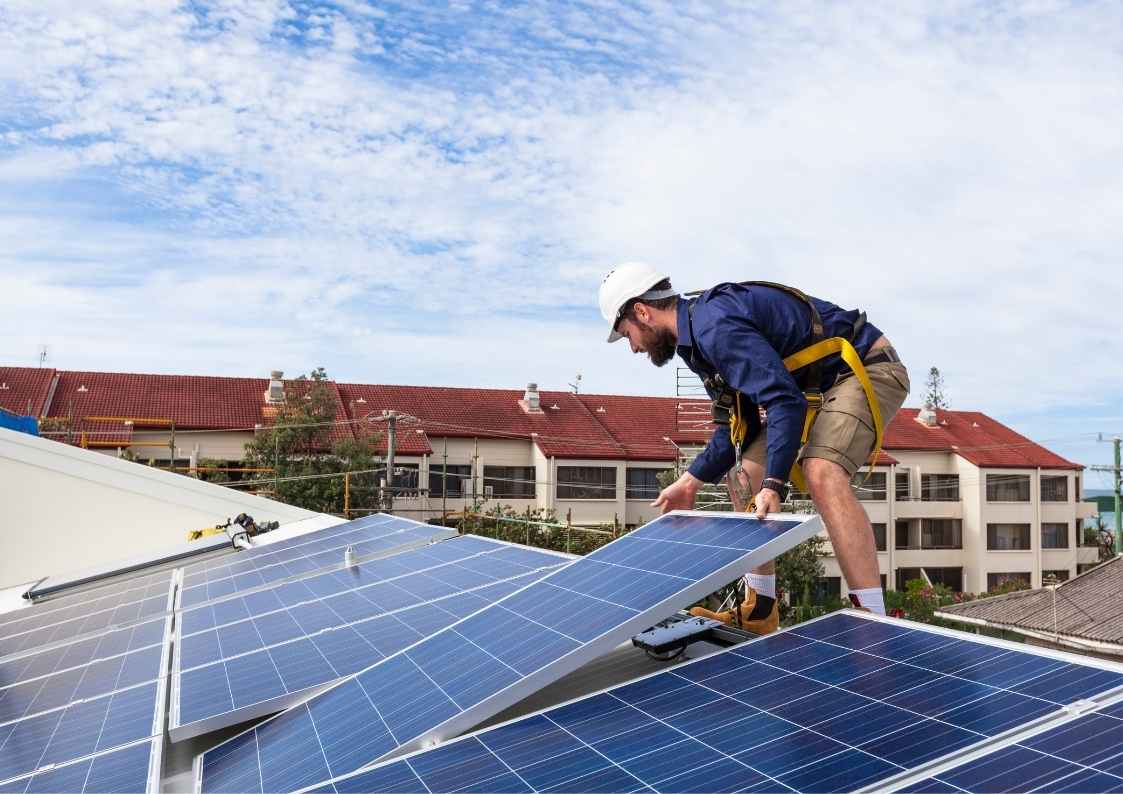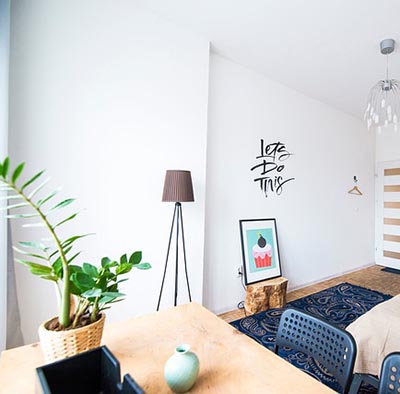Solar panels have been around long enough to dispel many of the myths surrounding them. One of which is that solar panel kits are an unaffordable luxury.
These days, there’s nothing further from the truth. In fact, there’s never been a better time to install these kits. Installation costs are on a downward trend, despite supply chain issues, and electricity charges on the rise.
Additionally, with inflation hitting 7.5 percent, installing a solar panel kit is steadily becoming a logical decision for many households and businesses.
However, even with the rapid adoption of solar panels, it’s still a relatively new concept and a big decision for many. So before purchasing any old solar kit, here are 6 mistakes to avoid when switching to solar.

Table of Contents
Unrealistic Expectations
Whether you want a solar panel grid-tie kit or one off-grid, these panels come with a wide array of guaranteed benefits worth every penny.
Unfortunately, many begin their renewable energy journey in the grip of unrealistic expectations. One of the most common is expecting immediate savings.
The expectations are understandable, considering the high upfront installation costs. However, it’s important to realize that the amount a business or household can save largely depends on several factors.
Everything from the average energy usage, varying types of solar cells, the layout of the roof and even seasonality plays a role. It may take several years before reaping any financial rewards in some cases.
Fortunately, solar panels have an extensive expected lifetime use. This is typically between two to three decades but can be longer with appropriate maintenance. That means the incremental savings on energy bills and incentives can add up to substantial amounts throughout its life.
Many people also expect their solar kits to have a consistent daily production level. However, it’s important to remember that available hours of sunlight can vary each day and with each season. The output can also be drastically reduced by shading from trees or other structures.
Luckily, there are some ways to get around shading issues by using micro-inverters, but they can be expensive.
Not Shopping Around
Similar to other large purchases like a vehicle or a mortgage, it’s always worth getting a second or third quote. Taking the time to gather multiple quotes offers several benefits.
As a buyer, you’re able to determine each company’s expertise and have a choice of several design systems. This is essential to ensure you get the best installation estimates, avoid subpar work and have an efficient solar kit setup.
Not shopping around can also mean you end up with a quote four times the local going rate. Additionally, shopping around allows you to request each installer to break down their quotes for accuracy.

Missing Federal and Local Financial Incentives
Another way to reduce the pain of paying upfront costs is to take advantage of federal, state and local incentives.
A reputable installer is aware of what’s available and is typically the most knowledgeable about any local programs. Some financial incentives to watch for include solar tax credits, rebates and net metering where available.
When discussing incentives with each installer, be sure to note which programs they mention and ask about any fine print. Being armed with this information can help you manage expectations and make the best decisions.
Waiting for the Right Time
With solar kit costs on a downward trend, it’s understandable to want to wait for the price to lower further. However, waiting longer can end up costing more in the long run.
Consider the Federal Solar Tax Credit or Investment Tax Credit (ITC). This tax credit allows homeowners and businesses to receive a 26 percent tax credit for systems installed between 2020 and 2022.
However, this amount will decrease to 22 percent in 2023 and ultimately expire in 2024, barring any renewal by Congress.
Also, electricity costs are expected to rise higher than the typical annual amount due to increasing inflation. If you consider the amount you can save from monthly bills, tax credits and other incentives, it might be cheaper to get in now than to miss out on the considerable savings later.

Going for Cheap Solar Panels
Going with the cheapest option is generally fine with most purchases. However, with solar panels, you often get what you pay for.
Most cheap panels work well initially, but their lifetime use is severely limited. Many solar kit owners who choose cheaper panels pay more in repairs and take much longer to recoup costs.
Then again, this doesn’t mean the most expensive solar panels are the perfect fit for your home. It’s always best to get several opinions and have a frank conversation with your installer to find the best kit within your budget.
Mistakes to Avoid When Switching to Solar: Self-Installation
Installing a solar kit alone is entirely possible — if you have extensive experience wiring and roofing. As mentioned earlier, solar panel kits are an expensive purchase. Not to mention, if installed incorrectly, it could lead to tens of thousands of dollars in repairs and voided warranties.
It’s always best to work with a professional installer. This helps to keep your warranties intact, ensure your panels are correctly wired and that your roof doesn’t cave under the excess weight. Even with extensive construction experience, paying a little extra for professional installation is worth the peace of mind it provides.
Making the Right Decisions for Your Green Solution
Making the switch to renewable solar energy can be the most rewarding decision for your wallet and the environment. It’s a decision that comes with zero regrets — as long as the panels are used correctly and efficiently.
Switching to solar is an investment. Daily output levels will vary, and it will take time to pay for itself. As you begin your renewable energy journey, remember to focus on the big picture and learn from these costly mistakes.
|
|
|








Leave a Reply